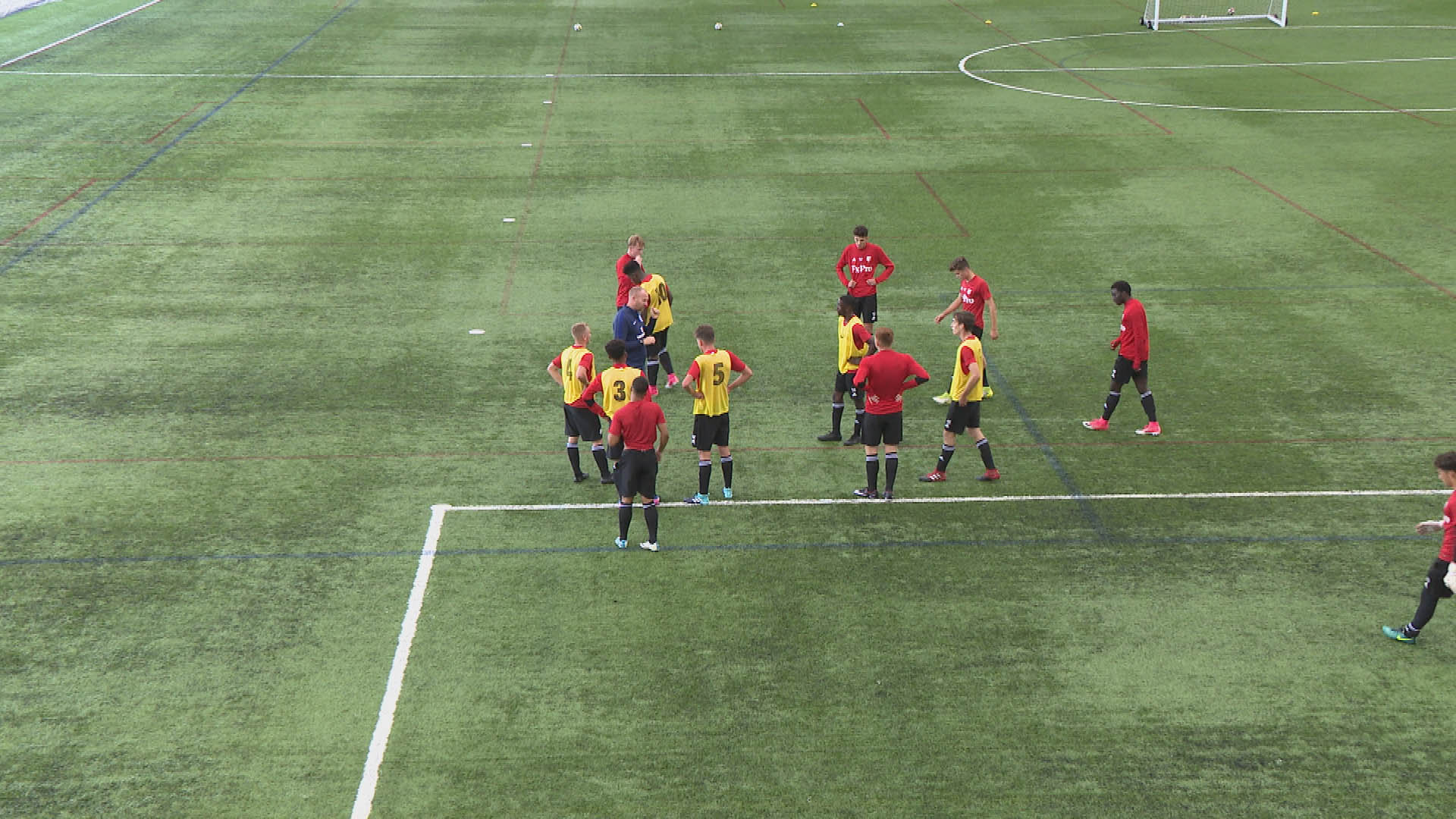
Why effective coach communication is based on connection
- The Boot Room
- 07 February 2019
FA youth coach educator, Richard Horner, explains how connecting with players and sharing expectations can help you develop your coaching communication skills.
Communication between coach and player quite often focuses on technical and tactical detail, or practice organisation.What's less common is consideration of how young players want to receive such information and how that may change from individual to individual. It's an aspect of the coaching process that is often overlooked, explains FA youth coach educator, Richard Horner.
“The challenge for coaches is understanding how your players want to receive information. If our interventions are long and with lots of words the players will probably only remember the last 30 seconds. So, all of the good input at the beginning of the intervention is probably forgotten anyway.
“Developing a better understanding of the players will help you understand what they want from your communication,” explains Horner.
One way this can be done is building better relationships with players and gaining greater insight into players’ needs and wants.
“Coaching is all about relationships. The job of a coach is to get the best out of a group of players in order to take them on a journey.
"If the players don’t feel loved or trusted, then you can’t have that connection. However, if you can get that connection then you can take them where you want to go or where they think they can go.
“For me a ‘utopia’ session is managing the needs and wants of all sixteen individuals; you won’t be able to do that in every session, but that’s what you can aim for," adds Horner.
Finding ways to connect with the players, giving individuals the chance to voice their opinion and sharing expectations are all ways in which Horner believes this can be achieved.
“If you think about the learning model we promote on FA courses we start with connection. If you can connect with a group of players from the outset then you’ve got them.
"However, if there is a disconnect with the group from the start, then the coach will have to fight really hard to get any messages across. As soon as you connect with the players, you’ve got a better chance of taking them where you need to go because you’ve got them onside.”
Once trust has been established players will have more confidence to voice their opinion and offer alternative ways of doing things, explains Horner.
“Players have to feel that whatever we put in front of them they’re allowed that freedom to question and challenge.
“When players do ask questions it is really important for coaches to understand the reason they are asking what they are asking.
"It’s all about knowing the player better. Some players will ask a question because they want to get better, some will ask because they’re finding the challenge too hard - there are lots of reasons.
"But having an idea of why they might ask a question can guide the answer and give you a better understanding of what the player needs to hear.”
Horner is quick to stress that input should be shared between players and coaches. The coaching staff must share their expectations too.
“Very few coaches ask the players what their expectations are. For example, it’s important to ask: ‘what do you want from tonight’s session?’
“The challenge is how you frame the question because there could be lots of different answers to that question. But by knowing the group, you will start to know what type of answers they will give to the question.
“Over time this can become a playing or practice code: displaying what the players expect of the coaching pair and what the coaches expect of the players. You might not achieve them all in every session, but over a period of time they are the things that you have all agreed to.
“If the players display different behaviours to what they said they were going to show, you can open up a conversation and say: ‘you said you were going to do this, why are you showing something else?’ By having that level of discussion you can develop a greater level of understanding of the player.”
Crucially, Horner, believes relationship building and effective communication should be a long-term aim, one that requires an investment of time.
“A big part of coaching is challenging players’ understanding over a period of time –this happens as part of a journey and not just at today’s session.”
This article was first published in The Boot Room magazine in December 2017.


